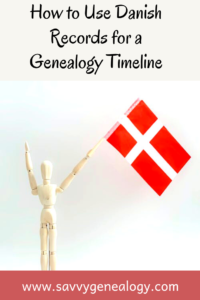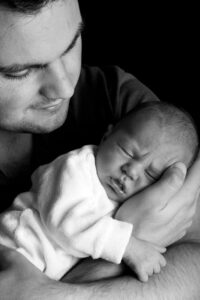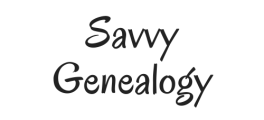How to Use Danish Records for a Genealogy Timeline
So you have Danish ancestry and have found some Danish records, but not all the records that you can for your ancestors. How do you know that you’re researching in every record group? That’s where a timeline comes in. While our ancestors lived their lives, they created records along the way. When a baby was born a birth record was created. When two people married a marriage record was created.

So instead of thinking about your research from a record point of view, try thinking of it from a timeline point of view. Most Scandinavian countries have similar timelines with a few exceptions, but let’s focus on Denmark in this article.
Births
You will find on Danish birth records that most births happened in the home and then either christened at the home or in the church. The record will actually state where the birth or christening took place. Some birth records will record two dates. One is the actual birth and the other is the christening.
Danish Records and Confirmations
You want to use this record as support for family relationships. Lutheran was the state religion ever since the 1600’s. Your ancestor would go through a series of religious studies and then would “pass the test” when going through the confirmation ceremony between the ages of 14-19yrs old. This was essential if your ancestor wanted to get married, become a godparent, or have communion. It was also shown as a rite of passage into young adulthood.
Military
Males, depending on the time period, were automatically registered into the military from birth through 17 yrs old. So if you want to know if your ancestor wasn’t just registered, but had a military career, then go to the Danish National Archives to search for his military records.
Danish Records and Engagements
You will see on many marriage records engagement dates and public banns dates. The couple followed the social custom of announcing their engagement so that if anyone in the community had complaints or concerns about the union, they had time to work it out. You do find separate engagement records, but not often.
Marriages
These records share a wealth of information about the bride and groom, parents, priests, and witnesses. So make sure you aren’t skimming these records for just the bare essentials.
Births and Christenings of Children

Again, these events will be done mostly at home with the christenings at the church. But always look to see if the christening was done at home. Sometimes that could mean they feared the child would die before it could be christened at the church. This could be a clue to look for the child’s death record unless you have proof elsewhere that they didn’t die as an infant.
Mother’s Introduction after Children’s Births
Danes had a belief that the mother was unclean in some way after giving birth. So she waited 5-6 weeks after the birth before being officially admitted back into the main congregation. This also meant that she wasn’t usually present for her child’s christening, but had a trusted friend or family member be there. The mother’s introduction information was usually written on her child’s birth record instead of having a separate record for it.
Death and Burials
The burial records will have both the death and burial dates on them. So you don’t need to search for two separate records. But these records will again have lots of information to glean from them.
Danish Records and Censuses
Census records would’ve been recorded throughout your ancestor’s life. You can find these records as far back as 1787 in some places in the country. They usually happened every ten years, but you do find records more frequently in the earlier years.
Probates
These records are amazing! They will give you family relationships before census records could. So even though they will be in Danish and use legal jargon, it’s worth the time spent to find them and use them for your ancestors. You can find some of them at Family Search and the Danish National Archives. Also, you will find them for only some geographical areas not all Denmark will have them or have them digitized.
Last thoughts on Danish Records

There are a few more records that I didn’t include just because this is a good start for now. Immigration and emigration records are also important to this timeline. But since I focused on those ancestors who stayed in Denmark, I chose not to include immigration records in this article. But this gives you a good idea of what records to search for when researching your Danish ancestry.
And as you dive into this ancestry and find that it’s too overwhelming or it’s just not the right fit for you, then contact me and we’ll get you taken care of.
And in the meantime…good luck and happy hunting!
Tiffany
P.S. Related Reads…
danish census records, Danish church records, Danish National Archives, danish records, Denmark
